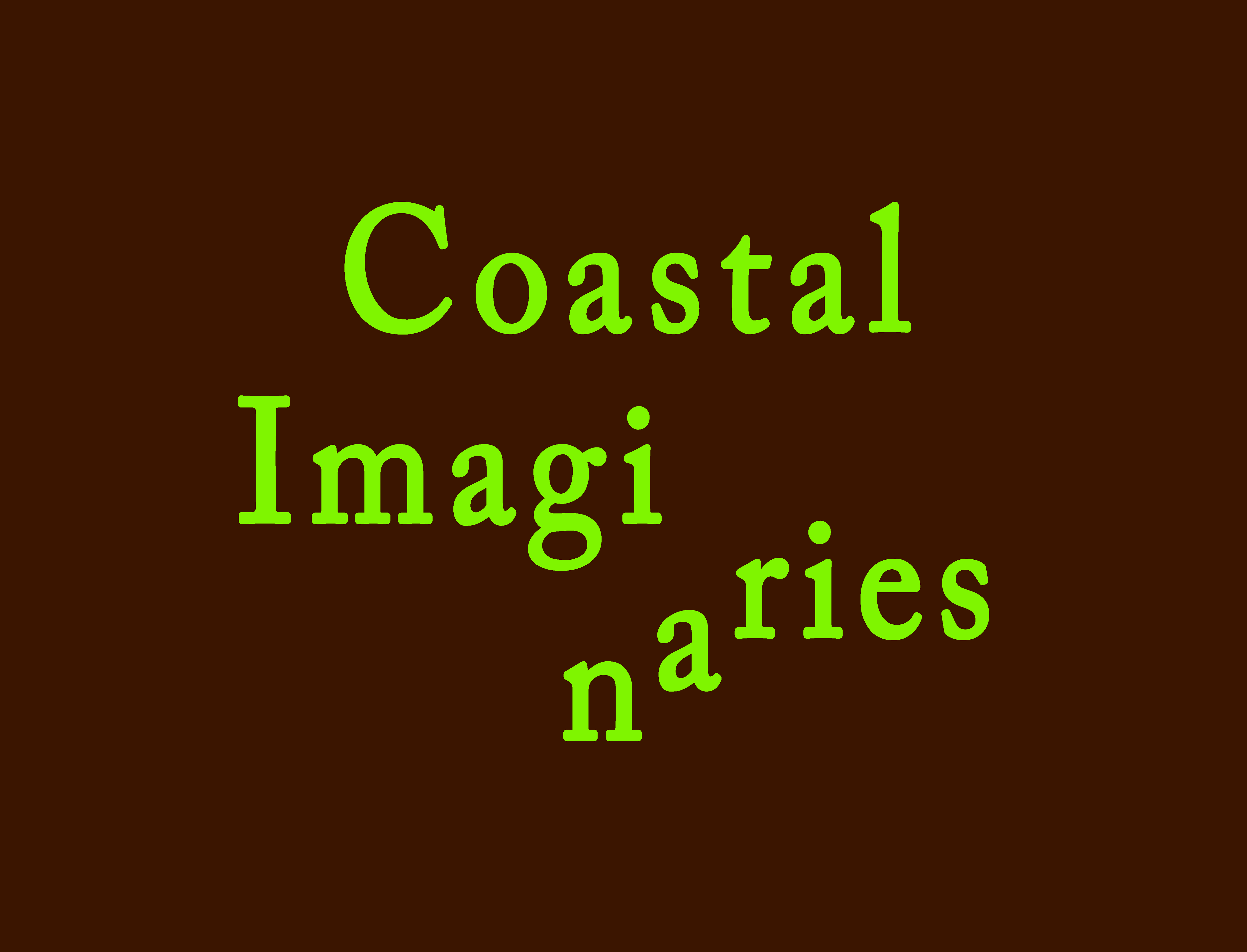May 20–November 26, 2023
Danish Pavilion
30100 Venice
Italy
Hours: Monday–Sunday 11am–7pm
T +45 32 57 19 30
info@dac.dk
This year visitors to the Danish Pavilion can explore nature-based design of tomorrow’s coastal landscapes and gain profound insight into the many coastal challenges we face.
Josephine Michau, curator of the Danish contribution, calls Coastal Imaginaries “a laboratory for hope in a world of viral hopelessness”, in reference to the overall title of the biennial exhibition chosen by exhibition curator Lesley Lokko, “The Laboratory of the Future.”
The Danish contribution consists of research-based and innovative architectural design solutions for our coastal landscapes, based in nature. These will be presented alongside spectacularly staged large-scale dioramas.
The team behind the pavilion aims to show the public and industry professionals a catalog of concrete proposals for future life along the coastline, rooted in seven nature-based solutions. The solutions not only span time and vast landscapes, but also address today’s serious and urgent challenges of storm surges and flooding. The solutions offer mechanisms for landscape resilience, carbon sinks, cultivation areas, materials banks, biodiversity, and new natural spaces for socializing and recreation.
Can we develop our cities in harmony with nature?
Copenhagen is often referred to as one of the world’s best cities to live in, and UNESCO has named it the 2023 World Capital of Architecture. As part of the program for this year-long event, Copenhagen will demonstrate its climate adaptation capabilities. However, the existence of the capital is threatened by rising sea levels and the threat of flooding.
In connection with the exhibition, Danish landscape architectural firm Schønherr has developed a new strategy for the city, “Copenhagen Islands”, where the capital city’s classic urban development plan from 1947 is replaced with urban development based on the islets that arise in a delta between seawater and rainwater. This transformed map of Copenhagen shows a new research-based proposal to ensure a robust future scenario for all of Greater Copenhagen. Attention is shifted towards the city’s underlying topography, and the urban planning of the future is based on our encounter with nature.
“We must change the city’s relationship with nature. The coast must evolve from a physical and administrative line to a ‘sponge’ zone that can absorb and hold water when there is too much of it, and slowly release it when there is too little. Here, nature’s own robust mechanisms from many landscapes and biotopes are translated into new and concrete solutions,” says Rikke Juul Gram, partner and creative director at Schønherr.
A need for new practices
One of the greatest challenges of our time—the climate and biodiversity crisis—calls for new knowledge and architectural solutions that support nature, our landscapes and human civilization. This more nuanced understanding of the context in which we operate requires new approaches and changed practices in the architectural profession.
“The architects need allies. We must work across professional, geographical and institutional boundaries to learn from each other and, most importantly, to cultivate the political will to initiate radical changes,” says Josephine Michau, curator of the Danish Pavilion.
Coastal Imaginaries is the result of a collective and collaborative effort, with contributions from artists, architects, craftspeople, practitioners and researchers, representing a wide range of skills and fields of specialization.
Publication
The exhibition will be accompanied by the book Critical Coast, a cross-disciplinary publication that explores the ecologies and spaces of coastal landscapes, the urgencies of contemporary coastlands and diachronic ideas about coastal futures. It presents a series of artistic representations, essays, poetry, found material, fairy tales and empirical conversations with numerous international voices that elaborate on coastal territories and their relationship to spatial quality, art, planning, mythologies, tacit knowledge, political ecologies, materiality, and much more. They collectively form a fabric that challenges and expands our understanding of coasts in a time of climate change as well as points to concrete approaches and strategies for mitigating sea level rise and storm surges through shared knowledge about the dynamics and nature of coastal landscapes. Published by The Danish Architectural Press



